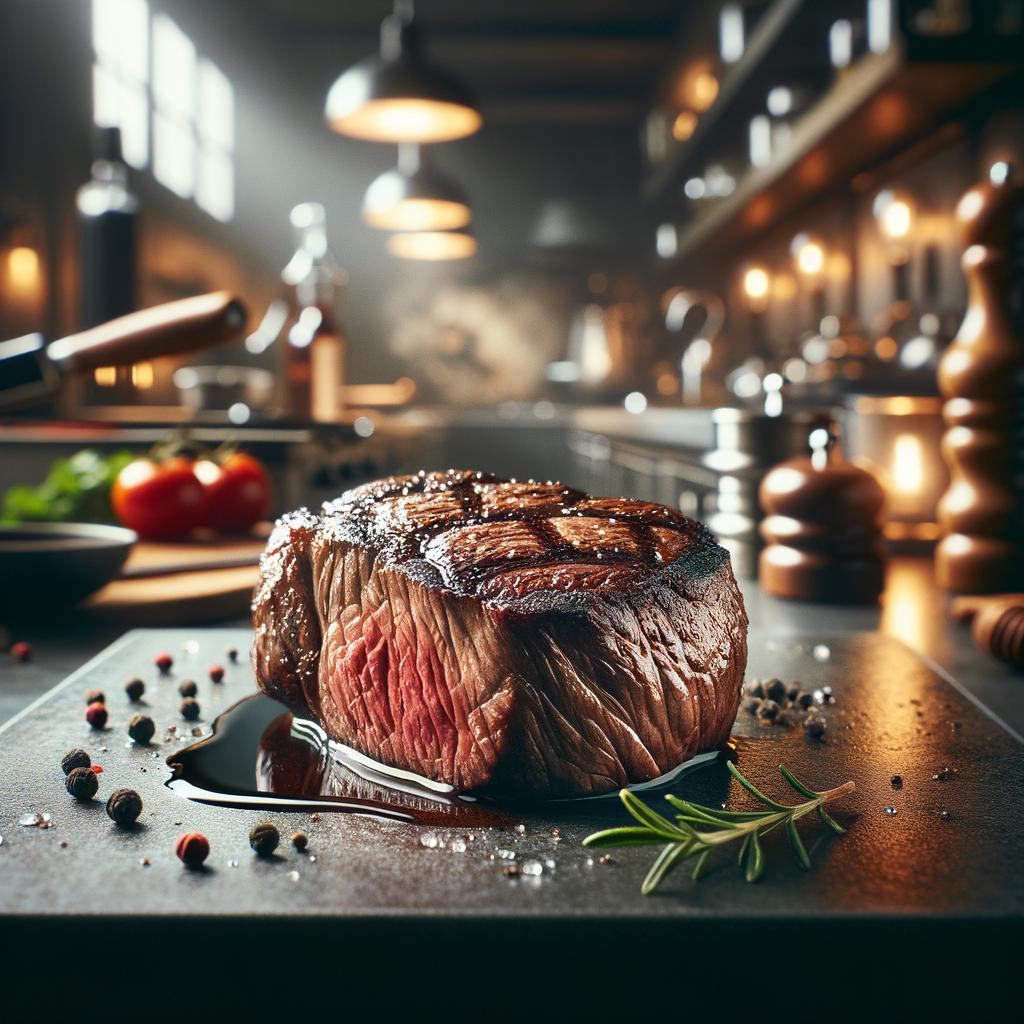Chuck Eye Steak

Description
The Chuck Eye Steak, often fondly referred to as the "poor man's ribeye," is a delectable cut of beef that truly deserves more recognition. This hidden gem is nestled right next to the luxurious ribeye on the cow, inheriting some of its rich, beefy flavors and succulent textures. It boasts a beautiful marbling of fat that melts during cooking, infusing the meat with a tender, juicy, and incredibly flavorful profile. Its unique position on the cow makes it a rare find, as there are only two chuck eye steaks per animal, setting it apart from other more abundant cuts.
Primary Uses
Chuck eye steak is a versatile ingredient that can be prepared in various ways. It's commonly pan-seared, grilled, or broiled to achieve a caramelized exterior while preserving its juicy interior. It's a star in American cuisine, often featured in steak houses and backyard BBQs, where it's seasoned simply with salt and pepper to let its natural flavors shine. Beyond the culinary realm, the chuck eye steak also holds a place in the heart of budget-conscious home cooks who appreciate its ribeye-like qualities at a fraction of the price.
History
The history of the chuck eye steak is a tale of underappreciation and hidden potential. For many years, it was overshadowed by its more popular neighbor, the ribeye. Butchers often used it in ground beef or sold it as a roast, unaware of its true potential. However, as culinary explorations evolved, the chuck eye was discovered for its steak-worthy characteristics. Despite its rise in popularity, it remains a well-kept secret among meat connoisseurs, adding a touch of intrigue to its story.
Nutritional Information
Nutritionally, the chuck eye steak is a powerhouse of protein, providing about 22 grams per 3-ounce serving. It's also a good source of essential nutrients, including Vitamin B12, Zinc, and Selenium. While it does contain a higher amount of fat compared to leaner cuts, this is what gives it its remarkable flavor and tenderness. When consumed in moderation as part of a balanced diet, it can certainly have a place in healthy eating patterns. Compared to the ribeye, it offers a slightly leaner option while still delivering on taste and texture, making it a wonderful choice for those seeking both nutrition and flavor.

